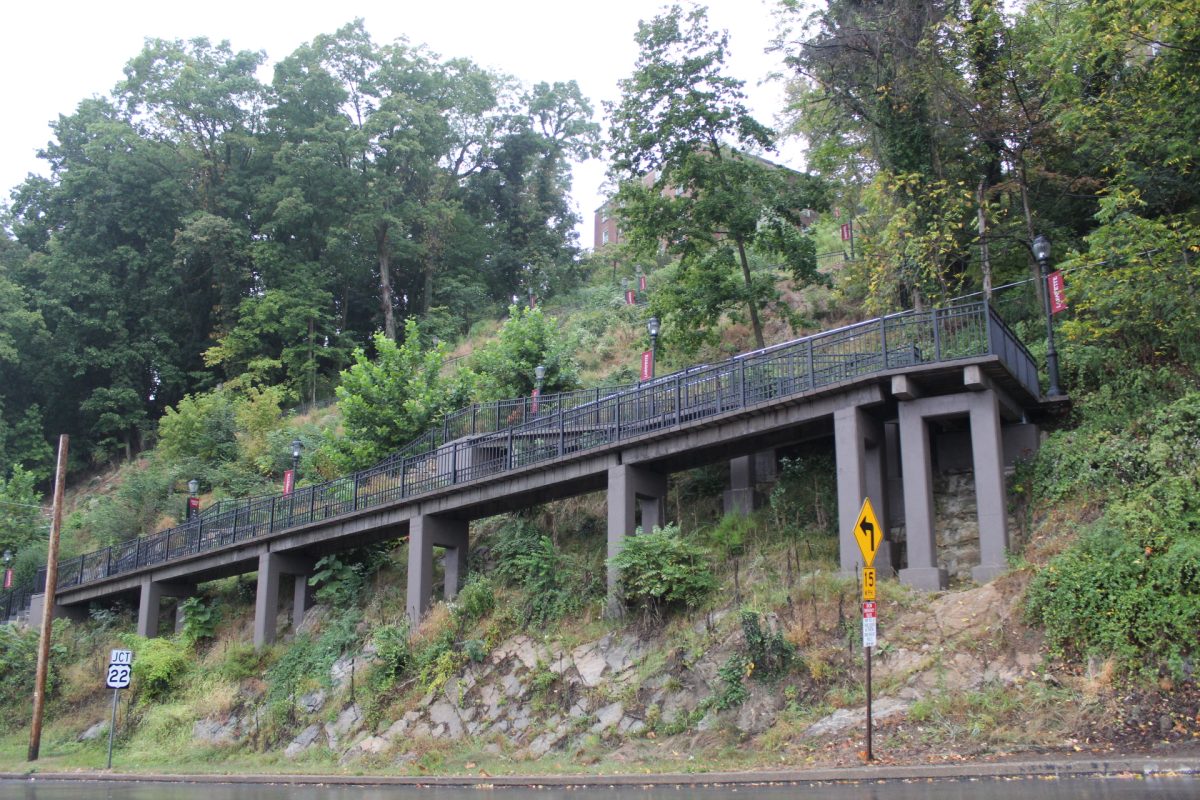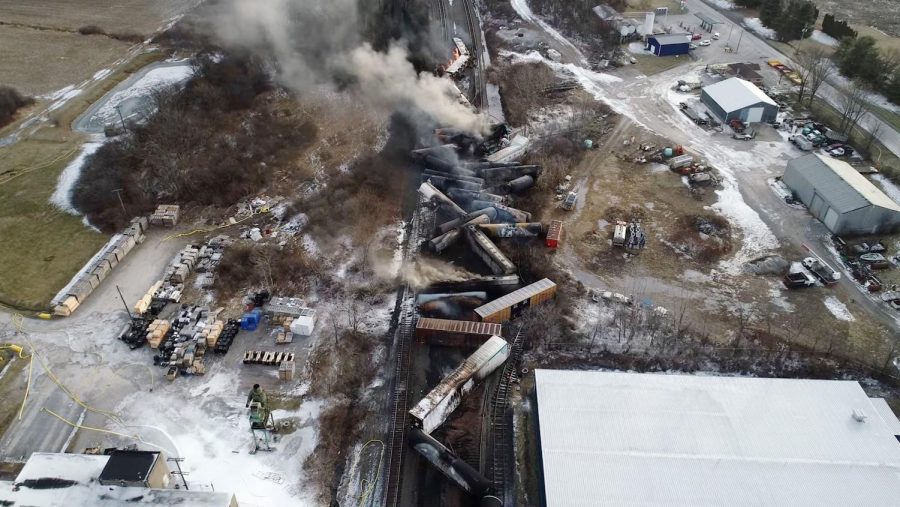Concerns are rising in multiple states about the implications of the Ohio trail derailment.
At the beginning of February, 38 cars from a Norfolk Southern freight train derailed in East Palestine, Ohio. The cars were carrying numerous hazardous materials and chemicals, which burned for over two days, releasing hydrogen chloride and phosgene into the atmosphere.
“Upon combustion, the products that can come into the atmosphere are not particularly good to be out there,” professor of chemical and biomolecular engineering Joseph Woo said. “In the atmosphere, it can do all sorts of nasty stuff.”
The approximately 4,700 residents of East Palestine evacuated shortly thereafter, complaining about the release of the chemicals and the resulting health concerns.
To prevent further explosions, the Norfolk Southern emergency crews conducted controlled releases which lead to the burning of five of the tanks. The decision was approved by the Environmental Protection Agency and Ohio Governor Mike DeWine.
DeWine believed this was the best option to avoid a larger explosion, although it lead to the release of more gaseous chemicals. DeWine described the decision as “the lesser of two evils.”
The main chemical contained in the containers was vinyl chloride, and when it burns, it contains many products that contain chlorine, which is especially harmful if released as a gas into the atmosphere.
“The other challenge that comes from this … is the fact that many of these products that formed from the combustion of vinyl chloride are quite soluble in water … they can jump into cloud water and into the local watershed relatively easily,” Woo said.
The main two products released due to this are hydrogen chlorine and phosgene. Phosgene was notably a gaseous product used during World War I.
“It disrupts the local concentration of local ozone that is present and can lead to disruption in the overall other pollutants there,” Woo said of the chemicals released in the atmosphere.
The chemicals damage the ozone layer and contribute to the buildup of other pollutants. This creates long-term and short-term issues with the spillage, even contributing to climate change and atmospheric pollution.
While Woo believes that the compounds won’t stay in the air for longer than a couple of days to weeks, the settling out of the compounds depends on the way pressure systems push the chemicals.
The spread of gases in the air, caused by diffusion and convection, causes the gases to be spread more widely and the pattern to be controlled by weather patterns. While Easton most likely will not be affected due to the city being located near two mountains, neighboring states have become concerned with toxic pollutants in the water system.
States like Indiana are already expecting hazardous materials to spread to them, according to CNN.
“I genuinely do not know what the right answer is there,” Woo said.




































































































